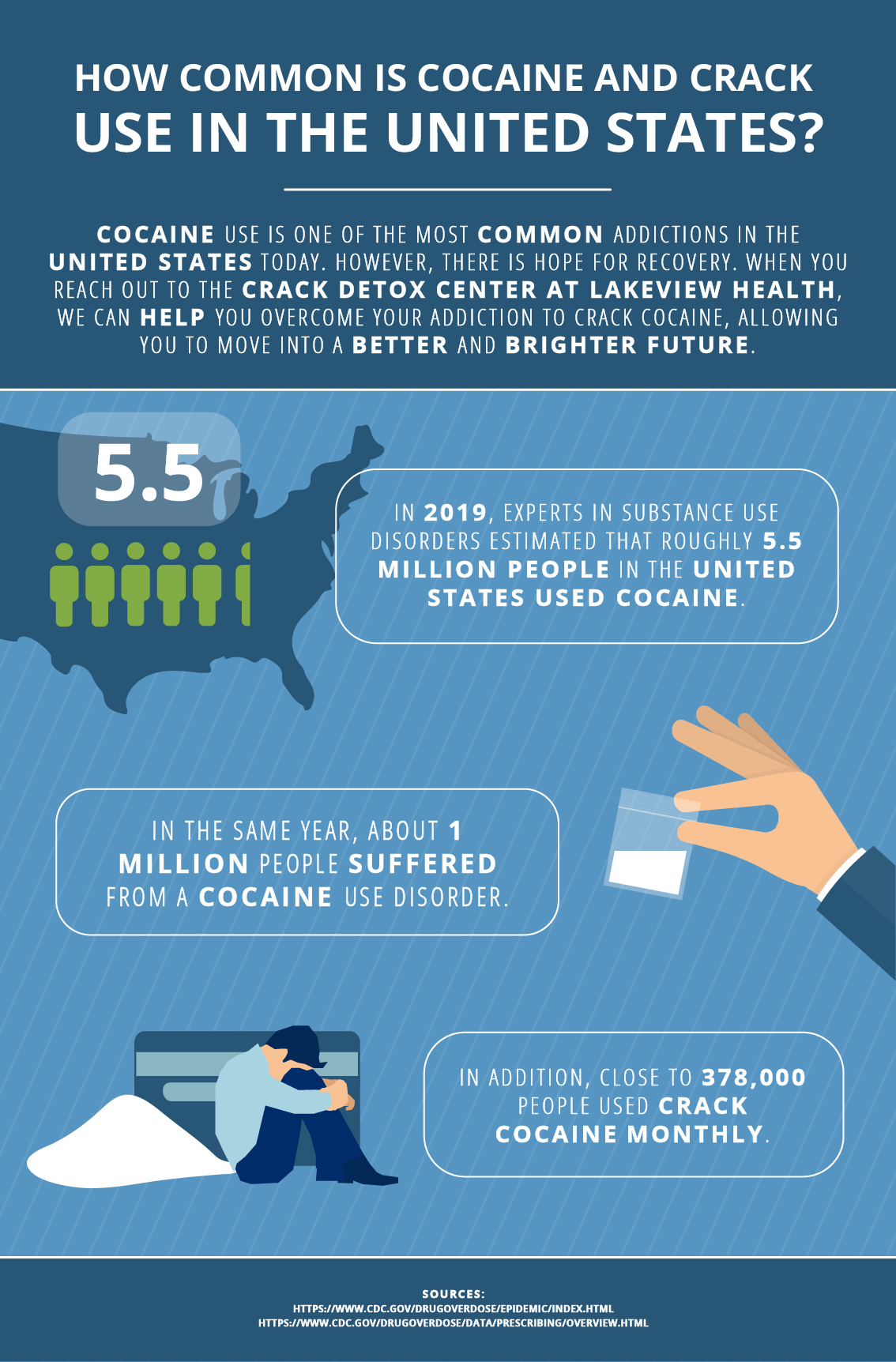

Researchers are working to improve the cocaine vaccine by enhancing the strength of binding to cocaine and its ability to elicit antibodies. 45 However, only 38 percent of the vaccinated subjects attained sufficient antibody levels and for only 2 months.
#Help for crack addiction trial
44 In addition to showing the vaccine’s safety, a clinical trial found that patients who attained high antibody levels significantly reduced cocaine use. The vaccine stimulates the immune system to create cocaine-specific antibodies that bind to cocaine, preventing it from getting into the brain. 41–43įinally, researchers have developed and conducted early tests on a cocaine vaccine that could help reduce the risk of relapse. 41–43 Knowing a patient’s DBH genotype could help predict whether disulfiram would be an effective pharmacotherapy for cocaine dependence in that person. Pharmacogenetic studies are revealing variants in the gene that encodes the DBH enzyme and seems to influence disulfiram’s effectiveness in reducing cocaine use. However, disulfiram does not work for everyone. Scientists do not yet know exactly how disulfiram reduces cocaine use, though its effects may be related to its ability to inhibit an enzyme that converts dopamine to norepinephrine. Among these, disulfiram, which is used to treat alcoholism, has shown the most promise. Several medications marketed for other diseases show promise in reducing cocaine use within controlled clinical trials.

39 Research in animals is also looking at medications (e.g., lorcaserin) that act at serotonin receptors. 38 Other research is testing compounds (e.g., N-acetylcysteine) that restore the balance between excitatory (glutamate) and inhibitory (GABA) neurotransmission, which is disrupted by long-term cocaine use. 37 Researchers are currently testing medications that act at the dopamine D 3 receptor, a subtype of dopamine receptor that is abundant in the emotion and reward centers of the brain. Past research has primarily focused on dopamine, but scientists have also found that cocaine use induces changes in the brain related to other neurotransmitters-including serotonin, gamma-aminobutyric acid (GABA), norepinephrine, and glutamate. Food and Drug Administration to treat cocaine addiction, though researchers are exploring a variety of neurobiological targets. Presently, there are no medications approved by the U.S. 36 Those who provide treatment for cocaine use should recognize that drug addiction is a complex disease involving changes in the brain as well as a wide range of social, familial, and other environmental factors therefore, treatment of cocaine addiction must address this broad context as well as any other co-occurring mental disorders that require additional behavioral or pharmacological interventions. The majority of individuals (68 percent in 2013) who seek treatment for cocaine use smoke crack and are likely to be polydrug users, meaning they use more than one substance. In 2013, cocaine accounted for almost 6 percent of all admissions to drug abuse treatment programs.


 0 kommentar(er)
0 kommentar(er)
